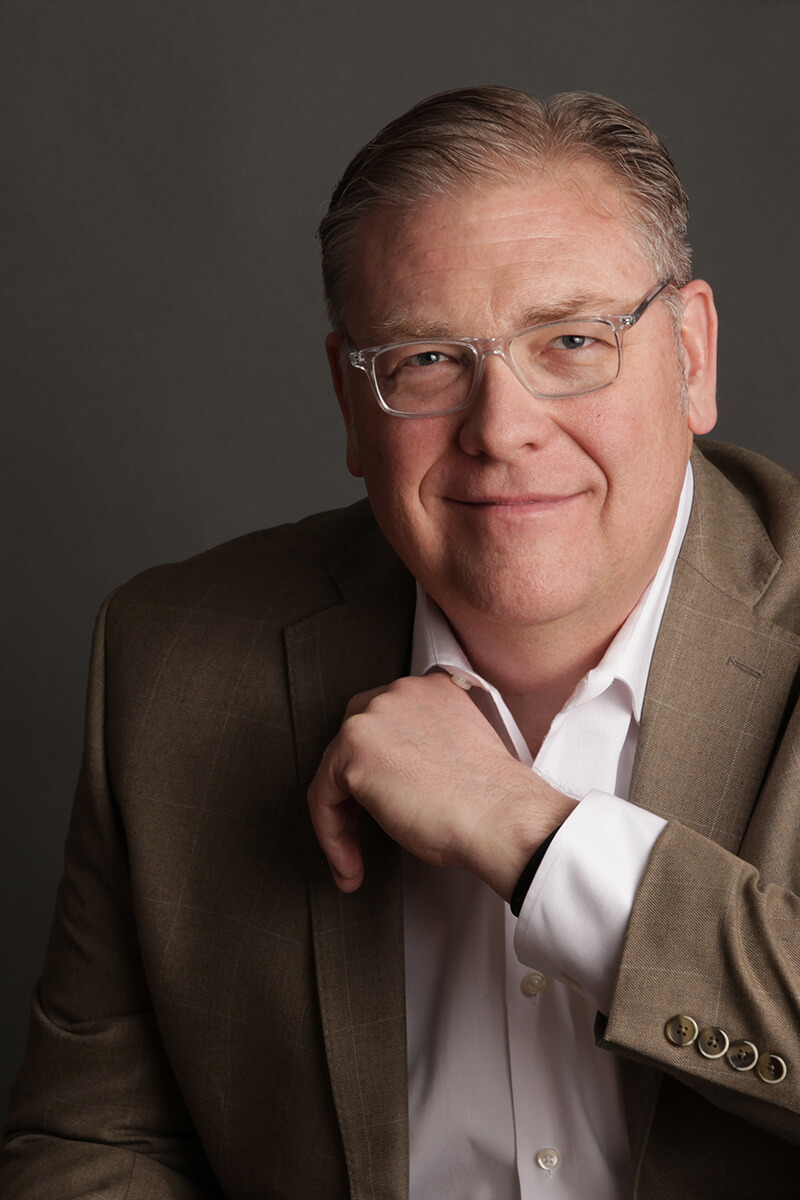How I Wrote My Debut Novel: Part Six – Reading and Writing
A few years ago I was speaking with a fellow author at an event. “So what are you reading?” I asked. I was amazed to hear them answer. “I don’t really read. I’m not much of a reader. I just like to write.” I didn’t know what to say, so I picked up a copy of their latest novel and read the opening page. The writing read like it was written by someone who doesn’t read fiction.
Just as a musician listens to music and a painter goes to art museums, a writer should be reading. A writer must be a consumer of great sentences and great writing. A beginning writer asked me how they can know when they are striking the right balance of description and narration vs. dialogue and action. The answer is reading and observing how such balances are struck in great novels and short stories.* Much of the development of these more abstract aspects of making fiction—tone, style, pace—are learned from reading.
I had a professor who told of an undergrad who sat in the back row, disengaged in the writing course he was teaching. After class he asked her what she liked to read. She told him romance novels. “How many romance novels have you read?” he asked. She paused,“I don’t know. A thousand maybe?” He told her to write and bring him the first chapter of a romance novel the following week. At the start of the next class she handed him her first chapter. What she had produced was very nearly publishable genre fiction. She was a good writer because she was a reader.
So, your task is to procure a reading stack that supports your writing. Read widely. Be sure to include nonfiction, fiction, and poetry. Need suggestions? Look here. Find books that are models for your current project and put them in the stack. If one of the books isn’t firing you up, replace it. Spend time reading as often as you can. You cannot write well if you’re not reading well.
*By “great” I don’t mean classic. There have been plenty of great novels and stories written in the last ten or twenty years.


No Comments